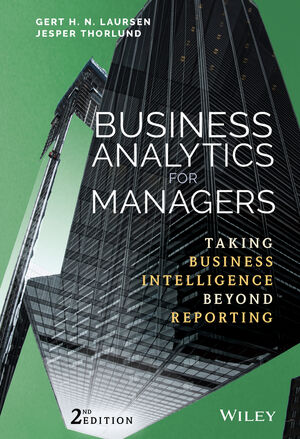

In 1970, Edgar Codd from IBM published a paper called A Relational Model of Data for Large Shared Data Banks. BI Technologies Improve: Big Players Enter the Field Even so, for companies that could afford it, this new tool provided its value, being used to finally make conclusions from the available data.

This strategy, although it solved several problems at the time, is considered too heavy and inefficient nowadays. This first generation allowed for the first database searches, using a strategy of binary trees. Later, they would simply be called databases. To solve this challenge, the first database management systems were designed. Data, by itself, could not generate any insights. Experts again tackled the idea of using computers to extract conclusions from the data, but the main problem was that there was no centralized method available to bring together all the data in one place. In the next decade, computer use exploded, even considering that each computer was a gigantic machine which occupied the entire floor of a building and had to be managed by several high-skilled engineers to function properly. More technological progress was needed to make it an economically viable solution.

Luhn is popularly recognized as the father of business intelligence.Įven though the concept proposed by Luhn caught the attention of several interested parties, the idea was considered too expensive at the time to have any practical use. He theorized about the potential of a system for “selective dissemination” of documents to “action points” based on “interest profiles.” His work has remarkable significance even to this day since he predicted several business intelligence trends which are cutting-edge nowadays, as the ability for information systems to learn and predict based on user interests. Not long after that, in 1958, IBM researcher Hans Peter Luhn published a historical paper called A Business Intelligence System. In 1956, however, IBM invented the first hard disk drive, making it possible to store large amounts of information with greater flexibility of access. These were huge piles of cards with tiny holes in them, which would store the information to be processed by the computers. Up until the 1950s, computers relied mostly on punchcards or punched tapes to store data.
#Ibm business intelligence strategy book crack
Business Intelligence Gets a Boost from ComputersĮlectronic computers were embryonic in the 1930s but were developed quickly during World War II, as part of the effort by the allies to crack German codes. Yet, he still used pen and paper for that. His work and his success revolutionized the manufacturing industry worldwide. Taylor ended up becoming a consultant to Henry Ford, who in the early 1900s started measuring the time each component of his Ford Model T took to complete on his assembly line. His system of scientific management began with time studies that analyzed production techniques and laborers’ body movements to find greater efficiencies that boosted industrial production. The idea was further enhanced by others who saw value in information.ĭuring the last decade of the 1800s, Frederick Taylor introduced the first formalized system of business analytics in the United States. This pointed out the fact that it was more reliable to use data and empirical evidence, rather than gut instinct, to develop a business strategy. He used it to describe how Sir Henry Furnese, a successful banker, profited from information by actively gathering and acting on it before his competition. Richard Miller Devens, in his book Cyclopædia of Commercial and Business Anecdotes, first published in 1865. The first use of the term “business intelligence” is widely attributed to Mr. Although its origins predate the invention of computers, it was only after they were widespread that BI grew in relevance and its development henceforth became paired with the evolution of computers and databases. Business intelligence (BI), a term nowadays intrinsically associated with information technology, has been evolving for over 150 years.


 0 kommentar(er)
0 kommentar(er)
